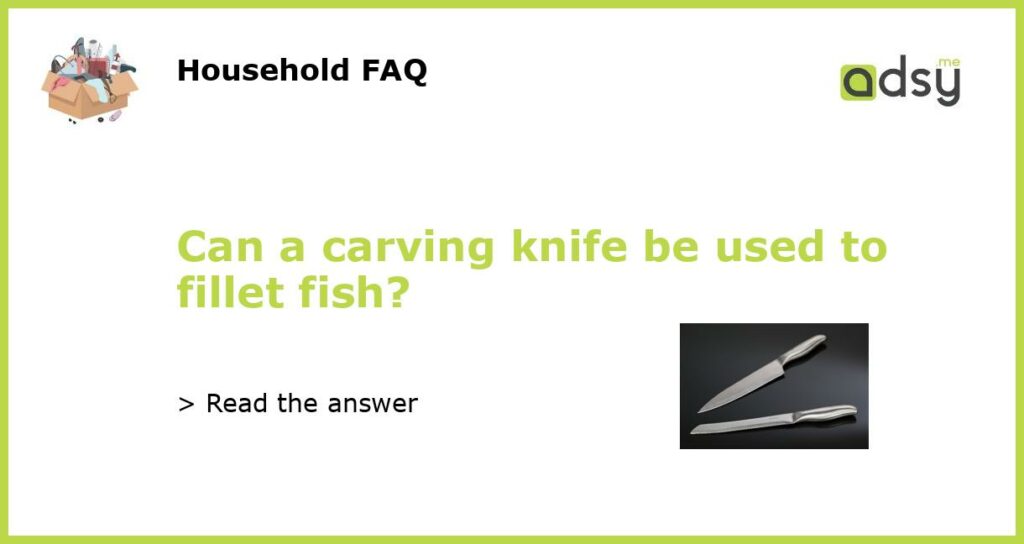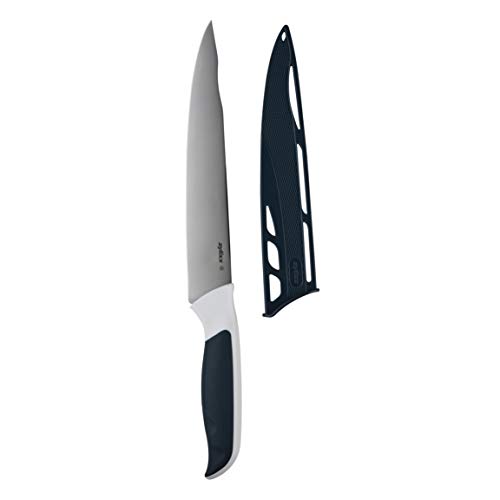Carving Knife vs. Fillet Knife: What’s the Difference?
Before we dive into the answer to this question, let’s first establish the difference between a carving knife and a fillet knife. A carving knife is typically a larger, heavier knife used for slicing meat, poultry, and sometimes vegetables. A fillet knife, on the other hand, is a smaller, thinner knife specifically designed for removing bones and skin from fish.
Can You Use a Carving Knife to Fillet Fish?
While a carving knife can certainly be used to fillet fish, it may not be the most effective or efficient option. The larger size and weight of a carving knife can make it more difficult to maneuver around the bones and delicate flesh of a fish. Additionally, the thicker blade of a carving knife may not be able to make the precise cuts necessary for filleting.
The Benefits of Using a Fillet Knife
Using a fillet knife for fish, on the other hand, offers several benefits. The thin, flexible blade allows for greater control and precision when removing bones and skin. Additionally, the smaller size of a fillet knife makes it easier to navigate around the contours of a fish’s body. With a fillet knife, you can produce clean, even fillets with minimal waste.
Choosing the Right Knife for the Job
While a carving knife can technically be used to fillet fish, it’s generally not the best tool for the job. If you plan on filleting fish on a regular basis, it’s worth investing in a good quality fillet knife. Look for a knife with a flexible, thin blade around 6-10 inches in length. Stainless steel and high-carbon steel are both good options for fillet knife blades.
Use a Fillet Knife for Best Results
So, can a carving knife be used to fillet fish? Yes, but it’s not ideal. For best results, opt for a fillet knife instead. With a fillet knife, you’ll be able to produce clean, even fillets with minimal waste – perfect for cooking up a delicious seafood dinner.





